Search Results for Tag: glaciers
Alpine ice – no more than a memory? New archive of ice cores
Alpine glacier – endangered species? (Pic: I.Quaile)
It was with mixed feelings that I read an article drawn to my attention by a colleague earlier in the week.
“Protecting Ice Memory” is the subject –a description of a new project to create a “global archive of glacial ice for future generations”.
I am generally enthusiastic about all projects concerning ice. The worrying thing is the reason why this project has been deemed necessary.
History melting
“The goal is to build the world’s first library of ice archives extracted from glaciers which are threatened by global warming”. There we have it. Another frightening acknowledgement of the extent and speed of global change.
How sad that our human-induced warming is threatening our ice, especially here in the European Alps, where we do not have as much ice as in some other parts of the globe. How good that we have the technology to save some of it for posterity. How frustrating that while we also have the technology to shift to a zero-carbon economy and stop the ice melting, we are not actually doing it anything like fast enough.
Starting on Monday August 15th and carrying on until early September, an international team of glaciologists and engineers (French, Italian, Russian and American) will be travelling to Mont Blanc, in particular to the “Col du Dome” glacier area, which is 4,300 metres or 14,108 feet up. They will be drilling the first ice cores for the “Protecting Ice Memory” project.
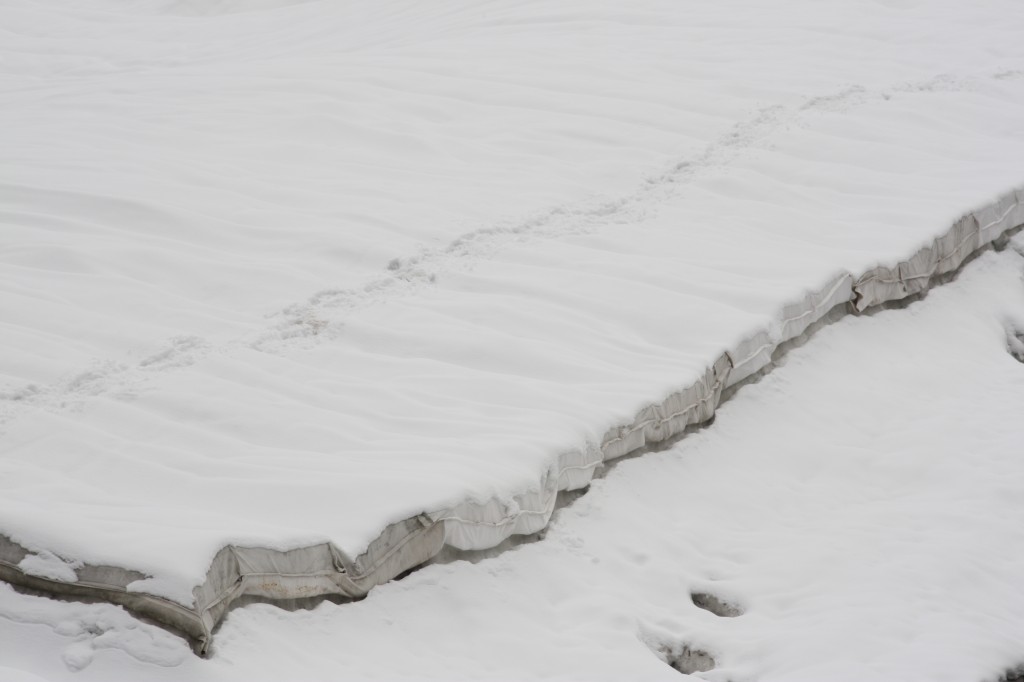
Some glaciers are being covered in summer to stop them melting, this one I saw in Switzerland. Proved ineffective. (I.Quaile)
Saving the cores
The team will be coordinated by Patrick Ginot from the French Research Institute for Development (IRD), working within the UGA-CNRS Laboratory of Glaciology and Environmental Geophysics (LGGE), and Jerome Chappelaz, director of Research at the CMRS and working within ths same laboratory.
The team will be extracting three ice cores each 130 metres long. These will be taken down by helicopter and taken to the LGGE in Grenoble. Clearly they will have to kept very cold during the process.
In 2019 (why only then, I wonder?), one core will be analysed to start a database which is ultimately to be made available to the whole world scientific community.
The other two will be transported by ship to ANTARCTICA. Yes, you read correctly. There, they will be taken on tracked vehicles across the high plateaus to be stored at the Concordia station, which is run by the French Paul-Emile-Victor Polar Institute (IPEV) and its Italian partner, the National Antarctic Research Programme (PNRA)
In the long term, dozens of ice cores are to be stored in a snow cave at -54° Celsius, which the project describes as “the most reliable and natural freezer in the world”.
The Mont Blanc glacier is the first step. The next will be carried out in 2017 on the Illimani glacier in the Bolivian Andes.
Global operation
It seems other countries with access to glaciers are also hoping to join the project, including Germany, Austria, Switzerland, Brazil, the USA, Russia, China, Nepal and Canada. That sounds like a real mega-project.
I have commented often enough here on the Ice Blog on the dwindling ice in my own favourite hiking territory in the German and Swiss Alps. Last week it was the turn of the New Zealand Alps to be the focus of this rather sadly motivated attention.
The scientists who came up with the project had the idea after observing a rise in temperatures on several glaciers. At ten year intervals, they say the temperature near the glaciers on the Col du Dome and Illimani in the Andes has risen between 1.5 degrees and 2 degrees (Those figures sound familiar from somewhere…)
“At the current rate, we are forecasting that their surface will undergo systematic melting over the summer in the next few years and decades. Due to this melting and the percolation of meltwater through the underlying layers of snow, these are unique pages in the history of our environment which will be lost forever”, says the project description.
The scientists compare their project to the Svalbard Global Seed Vault on the Norwegian Arctic island of Spitsbergen. Before I read that part, this very comparison had already come to my mind. I had a rare opportunity to visit that vault a couple of years ago.
Svalbard to Antarctica
But one of the very worrying things in that connection is that even that “secure coldspot” has in turn been affected by permafrost melt – at least at a level close to the surface, which caused damage to the entrance area in the early stages.
Will the Svalbard vault ultimately have to be moved to the even colder Antarctic at some point in the future, one might wonder?
I remember a visit to the Alfred-Wegener Institute in Bremerhaven, Germany’s polar agency. One of the highlights was a look into the laboratory where ice cores are processed. Clearly, these provide invaluable evidence of how our planet and life on it have developed. Climate and environmental archives of a quite unique nature.
“Our generation of scientists, which bears witness to global warming, has a particular responsibility to future generations. That is why we will be donating these ice samples from the world’s most fragile glaciers to the scientific community of the decades and centuries to come, when these glaciers will have disappeared or lost their data quality”, says Carlo Barbante, the Italian project initiator and Director of the Instutite for the Dynamics of Environmental Processes – CNS, Ca’Foscari University of Venice”. What a sobering thought – and a daunting task.
And what an inspiring campaign to rescue what it seems we will not be able to save in time in the natural world.
Projects like this cost a lot of money. It is relying on private sponsors. The current European project has funding. The Université Grenoble Alpes foundation is now running a campaign to fund the Bolivian expedition.
Here’s hoping the money will be forthcoming.
And here’s hoping the international community will speed up efforts to halt global warming before we have to create archives to try to document all the ecosystems, species and habitats we are losing faster than we can count them.
New Zealand glaciers on the retreat
During my first trip to Australia around 25 years ago, I was standing outside a phone box (there are still such things even in this smartphone age) one evening, in a chilly wind.
“That wind’s coming straight up off the pole”, a local told me. Up off the pole? That was a weird image for a visitor from the northern hemisphere. It figures, the wind blows up rather than down from the pole when you’re at the other end of the world.
A few years later, during a visit to New Zealand, I was tickled to find there were “alps” to visit, with glaciers, reminiscent of some of my favourite hiking territory in Switzerland. I haven’t heard much about them since.
There hasn’t been much about New Zealand in the media here in Europe, except when earthquakes strike, or – the latest popular summertime story – the decision to exterminate all “alien” predators like mice, rats and possums.
But this week I came across a story by the New Zealand Herald on Twitter, entitled “warning sounds for vanishing glaciers”. Needless to say this set the alarm bells ringing with the Iceblogger.
It seems these beautiful icy regions have also been affected considerably by climate warming.
Rapid retreat
The South Island of New Zealand is home to snowy mountains and picturesque glaciers. The article by Jamie Morton describes how the glaciers have been retreating massively since 2011. The pictures, taken by Brian Anderson of Victoria University’s Antarctic Research Centre, show a dramatic change. The latest measurements for Fox Glacier and Franz Josef Glacier, the ones I visited, show they have “shrunk to record levels”, the article quotes Dr. Anderson.
I must delve into my photo archive at home for pics taken when I was there in 2000 and compare them with the latest. I have the feeling the comparison would be a sobering one.
Twice a year, scientists conduct surveys of the snowlines and glacier retreats in New Zealand’s Southern Alps. The measurements take place at the end of winter, and again at the end of summer.
The scientist says the snow accumulation on the glaciers was average in winter 2015, but high by the end of the very warm summer in 2016.
In the last five years, it seems the Fox Glacier has retreated 750 meters, the Franz Josef as much as 1.5 kilometres.
The ice volume in the Southern Alps has decreased from 170 cu km in the 1890s to a current 36.1, and is predicted to go down to between 7 and 12 cu km, by 2100. Yikes.
The last dramatic loss of ice was during the summer of 2010/2011, under the influence of a strong La Nina climate system – one of the strongest ever recorded, according to Jamie Morton. The latest ice loss appears to be similar in amount.
“Based on regional warming projections of 1.5C to 2.5 C, it has been projected by glaciologists Valentina Radic and Regine Hock that just 7 to 12 cu km of ice would remain on the alps by the end of this century, Morton writes.
The snowline has also moved up to “exceptionally high levels”, Morton quotes Dr. Andrew Lorry from the National Institute of Water and Atmosphere (NIWA).
Warming water, melting ice
The article says before last summer, the experts expected the El Nino to have a major impact. But instead, it was unseasonably warm sea surface temperatures in the Tasman Sea, bringing warmer air over land, that caused the damage.
With temperatures higher than average so far this season, it seems likely more ice and snow will be melting.
Are we surprised by all this? Perhaps not. Concerned? Saddened? Definitely. Clearly the cold wind blowing up off the south pole, like the one blowing down from the north, is no longer enough to secure those icy areas of New Zealand.
Of course emissions reductions have to take place across the board. Local melting is not only caused by local actions. Still, countries who profit from their ice and snow, like New Zealand, where the alps are an important tourist attraction, can be expected to set a good example in implementing measures to halt the warming. The “Climate action tracker”, an independent science-based assessment of country’s emissions targets and actual action, rates New Zealand’s INDC 2030 target as “inadequate”. That means its commitment is not in line with a “fair” approach to reach a 2° C maximum temperature rise pathway.
“If most other countries followed the New Zealand approach, global warming would exceed 3–4°C”, the website says.
Maybe I better not wait too long for another visit to those New Zealand glaciers. At this rate, I will hardly even need my snow boots.
Redundant? (Pic: I.Quaile)
Greenland ice a speedy chute to rising seas?
As I checked through the news agencies to keep tabs on what’s been happening with Greenland as 2016 kicks off, the only agency piece I came across is a German story (on AFPD) on how climate change is apparently bringing the world’s biggest island an “economic upswing”. New fish species off the coast, better conditions for agriculture and exportable powdered rock from retreating glaciers are listed amongst the benefits.
No mention of a study published in Nature Climate Change this week showing that recent atmospheric warming – especially the exceptional summers in 2010 and 2012 – are reducing the ability of some layers of the giant ice sheet to store meltwater. That, in turn, can mean runoff is released into the ocean faster than previously assumed, rushing down a kind of icy chute. Clearly, this has considerable implications for global sea level rise.
Snow sponge
Approximately half of Greenland’s current annual mass loss is attributed to runoff from surface melt. At higher elevations, the melt does not necessarily equal runoff, because meltwater can refreeze in the porous snow and firn near the surface. Horst Machguth from the Geological Survey of Denmark and Greenland, the lead author of the study, explains the background in a news release by CIRES, the Cooperative Institute for Research on Environment Sciences, Boulder Colorado: “The near-surface of the large ice sheet interior is comprised of snow that is slowly being converted into glacier ice. This porous firn layer can be up to 80 m thick,” he writes. Recent studies indicated that this firn is an important buffer against contributing to sea level rise for decades to come, because it absorbs and stores the meltwater like a sponge, refreezing it to form ice layers as it percolates down from the ice sheet surface. But the authors say the new study shows this may not be the case.
VIEW: Animated graphic illustrating the “sponge” effect on the Greenland Ice Sheet by NASA and CIRES
After the Greenland Ice Sheet was hit by a series of warm summers, it was unknown how the firn reacted to exceptional amounts of meltwater, says Machgut. The research aimed to clarify whether the firn was indeed capable of retaining the meltwater, or whether the sponge had been “overwhelmed” by all the extra water.
Icy chute
The scientists drilled cores to sample the firn at sites where similar cores had been drilled 15 to 20 years ago. They found that the amount of refrozen ice layers in the firn had increased substantially over the past two decades in many places, but not everywhere. Cores drilled at lower elevations suggested the recent exceptional meltwater amounts had only trickled through to shallow depths within the firn, conglomerating into massive ice layers directly below the ice sheet surface.
“It appears that the firn was overwhelmed by the melt to a degree where so many ice lenses had formed that they started to hinder percolation of further meltwater. Initially small ice lenses grew to form ice layers of several meters in thickness that act as a lid on top of otherwise sponge-like firn. Radar measurements identified that these massive ice lenses were continuous over tens of kilometres,” says Dirk van As, a co-author of the study from the Geological Survey. “Surface meltwater wants to refreeze in firn locally, which it does at higher elevation, but at lower elevations it hits that lid of ice and is forced to stay at the surface where it cumulates.”
Satellite images show that meltwater then formed rivers on the surface flowing towards the margin of the ice sheet.
More data required
“In contrast to storing meltwater in porous firn, this mechanism increases runoff from the ice sheet,” says CIRES researcher Mike MacFerrin, a second author on the study. “This process has not previously been observed in Greenland. The extent of this ice lid capping the ice sheet firn remains unknown. For this reason, the total amount of additional ice sheet runoff associated with this newly observed process cannot yet be quantified.”
The scientists are now combining their core data with radar measurements from NASA, which cover the entire ice sheet. They say similar changes in firn structure have been observed on various ice caps in the neighbouring Canadian Arctic, which indicates the phenomenon could be widespread in Greenland. Only west Greenland was covered by the new study.
The Greenland ice sheet is already a great concern, with the melting ice rate increasing continually as the atmosphere and the oceans warm. As well as contributing to rising sea levels, the increase in runoff from the ice sheet could also result in feedback processes which could lead to even more melt in the future. The water running down the ice sheet can create darker, slushy channels, the scientists say, which can reduce the albedo effect of the ice sheet, its ability to reflect sunlight away from its surface. As more sunlight is absorbed instead of being reflected off, the surface temperature could warm further.
Given the huge significance of the Greenland ice sheet in terms of global sea level rise and its role in the global climate system, the findings of this study deserve a little more attention than being confined to the publications of the scientific communities.
But maybe potatoes from the “ice island” and mackerel and tuna off its snow-tipped coasts make for more striking headlines?
Can Paris avert climate threat to cryosphere?
To those of us who work on polar subjects, there is no question about the relevance of the cryosphere to the annual UN climate negotiations. But in the run-up to the annual mega-event – especially in a year dubbed by some to be the “last chance” for climate – it was not easy to get attention for the Arctic, Antarctic and high-altitude peaks and glaciers of the world.
I had a discussion with some of my colleagues who focus on Africa and Asia. With problems like political unrest, wars, famine and drought to cope with, the fate of polar bears, one told me, is completely irrelevant.
You could say this colleague is suffering from a kind of tunnel vision. But it also prompts me to wonder whether the way we communicate the threat of climate change is partly to blame.
Not just polar bears
Earlier this week I read about a study indicating that people were more likely to donate to campaigns which focus on people, on social injustice rather than on conservation and environmental degradation. Somehow, we journalists have to make the connection between the two. When you remind people that increasing sea levels caused to a large extent by changes in our ice sheets pose a huge threat not only to small island states but to many of the world’s megacities, the cryosphere takes on a new relevance. Not to mention the fact that the ice, snow and permafrost covered regions of our planet play a major role in regulating the world’s climate and water supplies.
One organization that works to bring the attention of delegates at the UN climate talks to our icy regions is the International Cryosphere Climate Initiative, ICCI. In time for this year’s COP21, it commissioned a report from leading scientists: “Thresholds and closing windows. Risks of irreversible cryosphere climate change”. The report summarizes the levels of risk in five key areas: ice sheets loss and related sea-level rise, polar ocean acidification, land glacier loss, permafrost melt, and the loss of Arctic summer sea ice. The report is based on the last IPCC assessment plus literature published in the three years since.
Bringing the ice closer
Pam Pearson is the director and founder of ICCI. I have interviewed her on various occasions, including during visits she made to Bonn, the home of the UNFCCC, to brief delegates. This time we were not able to meet in person, but we have been in Email contact. I asked her how difficult it was to arouse interest within the negotiations at the moment, with so much going on. She told me it was difficult mainly because very few people globally actually live near cryosphere.
“Yet we are all deeply connected to these regions, because of their role in the Earth climate system — especially through sea-level rise, water resources from land glaciers, and permafrost release that will make it harder to meet carbon budgets. “
The Arctic, parts of Antarctica and many mountain regions have already warmed two to three times faster than the rest of the planet, between 2 and 3.5 degrees Celsius up on pre-industrial levels. Climate change is also affecting high altitude areas such as the Himalayas and the Andes, where seasonal glacier melt provides water for drinking and irrigation, especially in dry periods.
When the outside risk becomes the norm
The changes are far more extreme than those forecast in even the most pessimistic scenarios of a few years ago. In the IPCC’s 2007 Fourth Assessment, the outer extreme estimate for sea level rise (mostly from glacier ice melt) was about one meter by the end of this century. Today, the experts say even if we could halt warming now, it would be impossible to avoid sea-level rise of one meter from glaciers, ice sheets and the natural expansion of warming waters, within the next two hundred years. Most scientists also agree that the West Antarctic ice sheet has already been destabilized by warming to the extent where this probably cannot be halted, which will increase sea level further.
Pearson used to be a climate negotiator herself, so she knows the pressures and constraints. She told me that while participants in the climate conferences were broadly aware of issues like ice melt at the poles and on high-altitude glaciers, they tended to lack awareness of two key aspects:
“First, that we have already passed, or are close to passing temperature levels that will cause certain processes to begin; and second, that some of these processes cannot be stopped once they get started.”
She says a “sense of urgency” is lacking, and stresses that although some of the most damaging consequences will only occur in hundreds or even thousands of years, they will be determined by our actions or inactions in the coming few decades. That includes the 2020-30 commitment period that is the focus of the agreement being worked on in Paris Pearson stresses.
The cryosphere needs more ambitious targets
The report analyses the implications of the INDCs, or current pledges put on the table by the countries of the world for the Paris climate talks. The scientists come to the conclusion that these will not be enough to prevent the onset of many irreversible cryosphere processes.
Even the two-degree pathway agreed by the international community translates into a peak cryosphere temperature of between 4 and 7 degrees above pre-industrial levels, according to the ice experts. Yet the UN and others say current commitments would lead to global temperatures 2.7 to 3.5 degrees Celsius above pre-industrial levels by 2100, rising later to between 3.4 and 4.2 degrees. The peak in global carbon emissions would occur well after 2050. The associated temperatures would trigger permanent changes in our ice and snow that cannot be reversed, including the complete loss of most mountain glaciers, the complete loss of portions of West Antarctica’s Ice Sheets and parts of Greenland. This would ultimately equate to an unstoppable sea level rise of a minimum four to ten meters, the scientists find.
In addition, the increase of CO2 being absorbed in the Southern Ocean around Antarctica and the Arctic Ocean is turning the water more acidic and so threatening fisheries, marine ecosystems and species.
Another of the key issues which is often neglected is that of permafrost. About a quarter of the Northern Hemisphere’s land area contains ground that remains frozen throughout the year. This holds vast amounts of ancient organic carbon. So when it thaws, carbon dioxide and methane are released, which fuel further warming. Even a temperature rise of 1.5 degrees could result in a 30% loss of near-surface permafrost. This would mean 50 Gigatonnes of additional carbon emissions by 2100. Given that the total carbon budget allocated to a two-degree temperature rise is only 275 Gigatonnes, that would be a huge factor. The ICCI experts say this thaw would not be reversible, except on geological time scales.
Dwindling Arctic sea ice
Arctic summer sea ice has declined rapidly, especially since 2000. Only about half the sea ice survives the summer today compared to 1950. This is “both a result and a cause of overall Arctic and global warming”, according to the ICCI report. White ice reflects heat into space. When it melts, it is replaced by dark water, which absorbs the heat, exacerbating warming further.
The Arctic sea ice has a tempering effect on global temperatures and weather patterns. It would only be possible to reverse the disappearance of the ice in summer with a return to regular global temperatures of 1 to 2 degrees above pre-industrial times, according to the report.
Andes and Himalayas
Receding mountain glaciers in the European Alps, American Rockies, Andes and East Africa were among the first identified, visible impacts of climate change, originally from natural factors. Sometime in the past 50 years, anthropogenic climate change surpassed natural warming as the main driver of retreat, and caused about two-thirds of glacier melt between 1991 and 2010, according to the ICCI report.
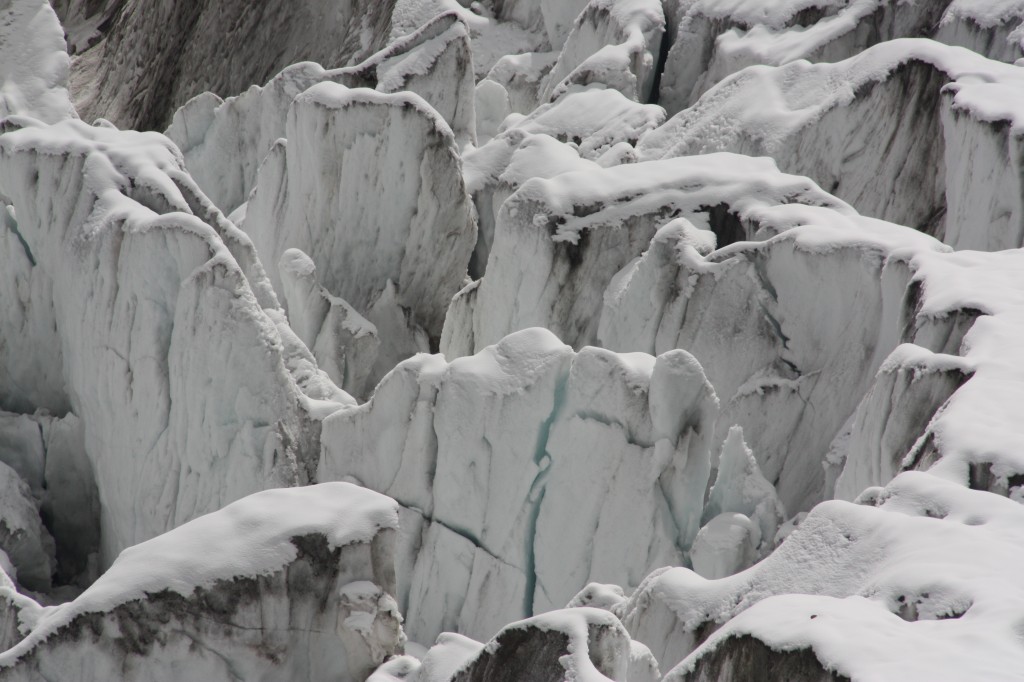
Glaciers – beautiful but highly endangered, like this one I visit regularly in the Swiss alps. (Pic. I.Quaile)
Glaciers are important to nearby communities as a source of water for drinking or irrigation. Some are especially important in dry seasons, heat waves and droughts. Melting glaciers provide an increase in water for a limited time. But ultimately, the lack of water could make traditional agriculture impossible in some regions of the Himalayas or the Andes.
So unless governments in Paris move fast to increase their commitments and bring the deadlines for emissions reductions forward, the windows to prevent some of these irreversible impacts on the polar and high mountain regions may close during the 2020-2030 commitment period.
It is not too late
However, the scientists stress that it is still possible to reduce emissions to the required level, if the political will becomes strong enough. Pam Pearson says the world has to get onto the path towards the two-degree goal now. Like many experts, she says this in itself is risky enough for the cryosphere, and a 1.5 degree pathway would be safer:
“So if countries indeed agree with UNFCCC chief Christiana Figueres’ proposal to meet every five years to strengthen INDCs, moving onto these lower-temperature pathways should be a concrete goal. Perhaps even more important, I understand the French COP presidency may be aiming at strengthening actions PRIOR to 2020, in the 2015-2020 period. This kind of earlier action is really vital, and will make the job of keeping temperatures as low as possible easier”
Without much more ambitious targets, the ICCI study concludes it will be “close to impossible” to avoid rapid deterioration of our snow and ice regions.
The challenge is to make the delegates in Paris understand that that does not just mean cosmetic changes to distant parts of the globe, but that it would also destabilize the global climate, displace millions of people and endanger food and water supplies in many parts of the world.
Energy giant taken to German court for glacier melt
For the first time ever in Europe, a company is being sued for causing climate change.
Essen, in Germany’s famous Ruhr area, once the centre of the country’s industrial development, is the scene of a very interesting court hearing today. A Peruvian smallholder and mountain guide Saúl Luciano Lliuya is suing the German energy concern RWE. He says the enormous amounts of greenhouse gases emitted by the company are jeopardizing his family, his property and a large area of his home town, Huaraz. A lake which is growing rapidly as climate warming melts the glaciers above, is posing a major risk for the town in the Andes and its 120,000 residents.
Climate justice
The ngo Germanwatch, which works to end the north-south divide and is particularly active in advocating climate justice, is advising the farmer from Peru and supporting the court case, which is unprecedented here in Europe and sends out a key signal just days ahead of the Paris COP21.
LLiuya says Huaraz is at risk from flooding. He and his lawyer Dr. Roda Verheyen argue that the Essen-based company is to a large degree responsible for the melting of glaciers in the Andes, and so for the risk to his home, which is located in the valley below.
They want RWE to contribute to the funding of protective measures for the town. And they argue that the energy company’s share should be in line with the amount of responsibility it bears for causing global warming. If the claimants can prove their case, that would presumably be rather a large share.
“Every day I see the glaciers melting and the lakes in the mountains growing”, says Lliuya, in a statement published by Germanwatch. “For us in the valley, this is a huge threat. We can’t just wait and see what happens. For me it is clear that those who are causing climate change should be held responsible: companies all over the world, that change the climate with their greenhouse gas emissions”.
A test case to watch
Luciano Lliuya’s lawyer, Dr. Roday Verheyen, told journalists the case was a test case, without precedent: “ RWE emits especially through its coal-fired power stations. These emissions result in rising temperatures worldwide, melting glaciers and so jeopardize the property of my client”, she said in a statement distributed by Germanwatch. She appealed to the court to assert that RWE bears responsibility for counter-measures.
In late April, the company rejected a claim submitted directly to them.
The idea that climate change is responsible for the melting of glaciers will come as no surprise to Iceblog readers. The IPCC clearly makes the connection. But attributing the cause and financial responsibility to an energy company is not so easy, hence the significance of this case.
In the shadow of a melting ice giant
The town of Huaraz in Peru lies a few kilometres below the Palcacocha glacier lake. Since 2003, it has grown four times as big as it was before. Climate change is also increasing the risk of giant blocks of ice breaking off and tumbling into the lake. That could cause a catastrophic flood wave and metre-high flooding of the settlements below.
The authority responsible for civil protection has warned that this could happen at any moment. It says this is the most dangerous glacial lake in the region. To provide lasting protection against this risk, a new system would have to be built to continually pump off large amounts of water. New barriers would also have to be built around the lake.
A message to Paris
The chairman of Germanwatch, Klaus Milke, stressed the importance of the court case as a signal to the energy sector and the world’s politicians in the run-up to the UN climate conference in Paris.
“Emissions have to drop, so that we do not have an ever-increasing number of people put at risk by climate change. And those who cause these risks must bear the cost of protecting the people affected”, he told journalists.
He stressed it could not be left to individual victims of climate change – who are often very poor – to go to court for assistance:“Ultimately, we need a political solution, to make those who caused the damage take on the responsibility”, Milke added.
According to Germanwatch, RWE describes itself as the biggest single emitter of CO2 in Europe. A survey conducted in 2014 says the concern is responsible for around half a percent of all the greenhouse gas emissions worldwide since the industrial revolution. Although the company is still just one of many responsible for CO2 emissions, Saúl Luciano Lliuya is claiming the company for a “fair share” of the cost of measures to protect his town, around 20,000 euro. This is probably “peanuts” to a global operator like RWE, but it would be an important step. It would involve accepting responsibility for the impacts of emissions-induced climate change, and have potentially huge financial implications.
An interesting one to watch. Will this smallholder from Peru set the ball rolling which could knock the Goliath that is the global energy industry reeling?




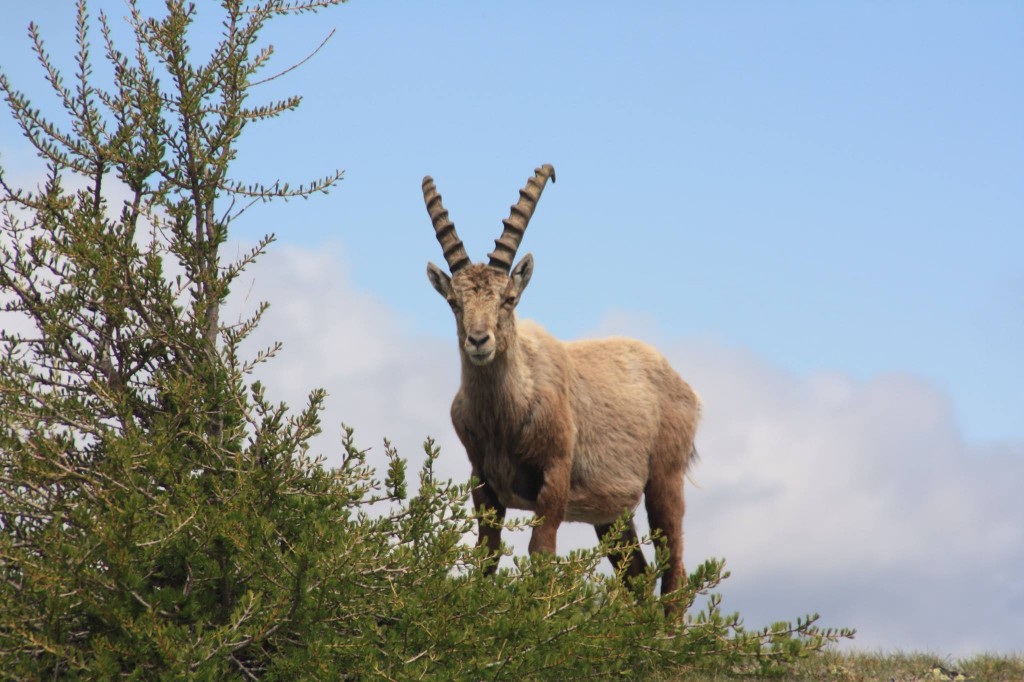
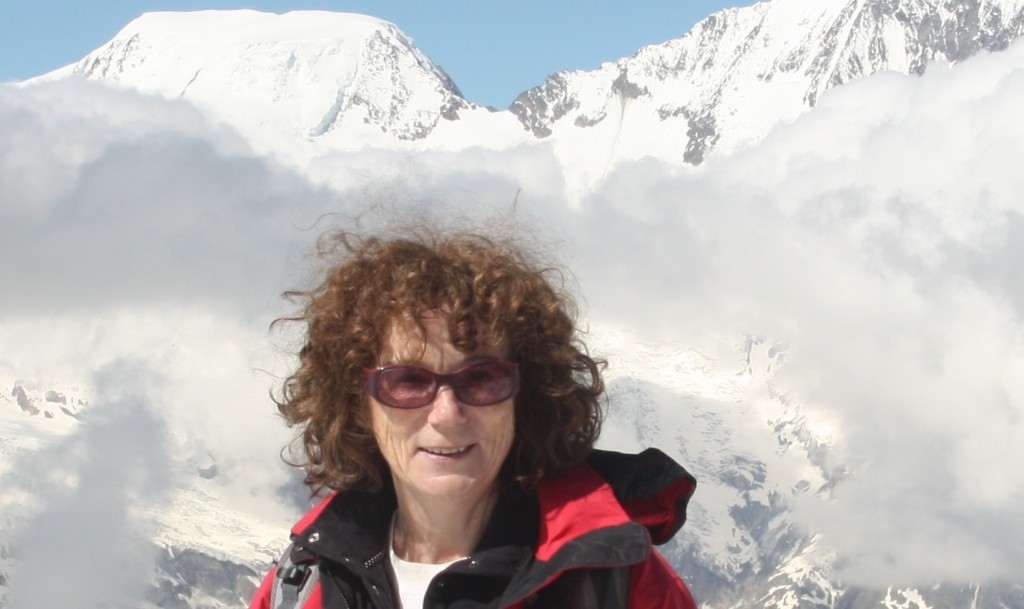


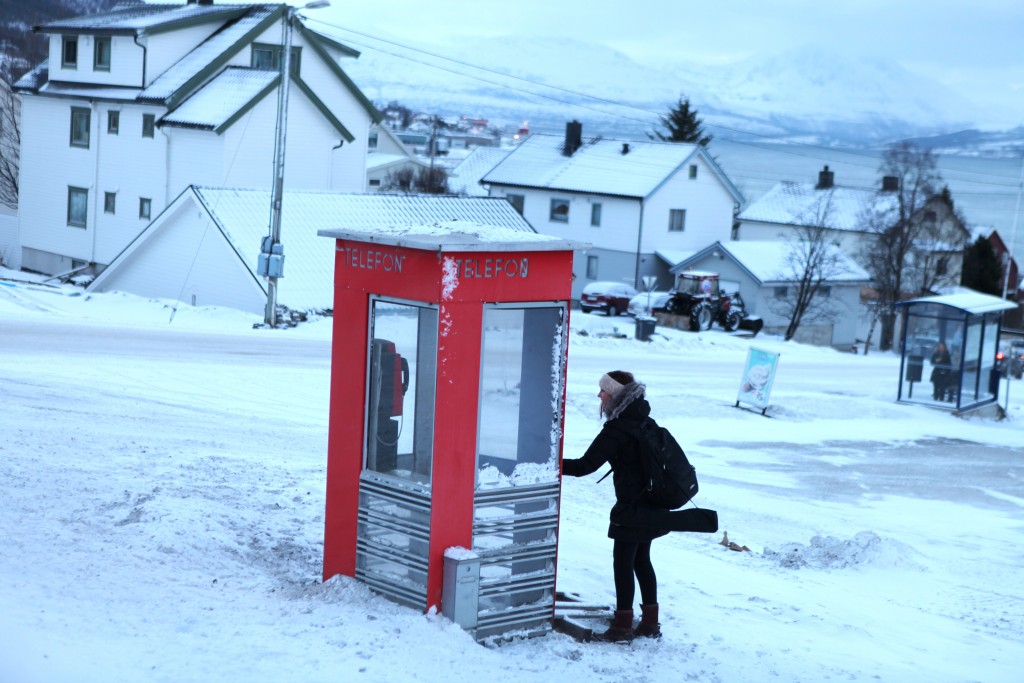

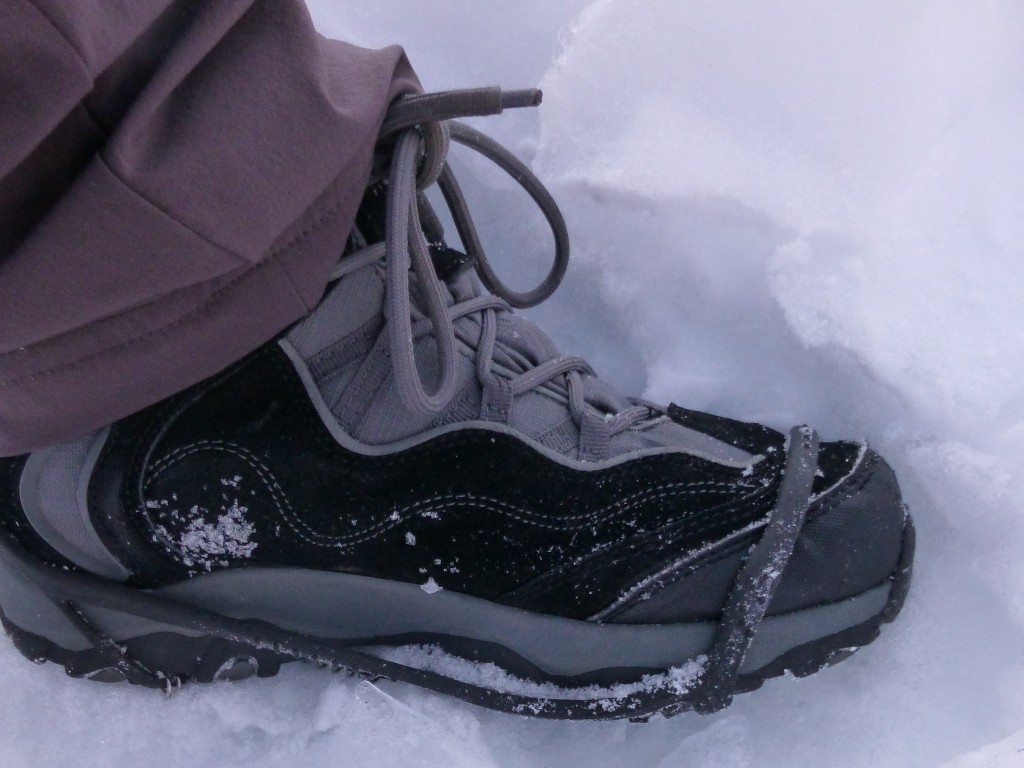

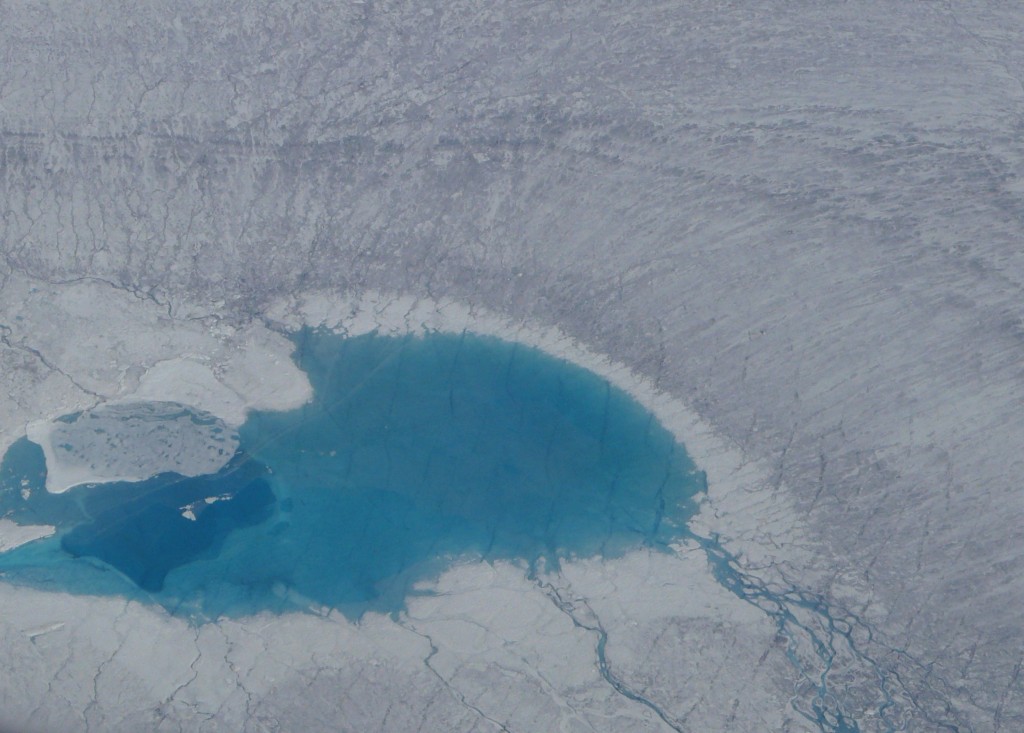
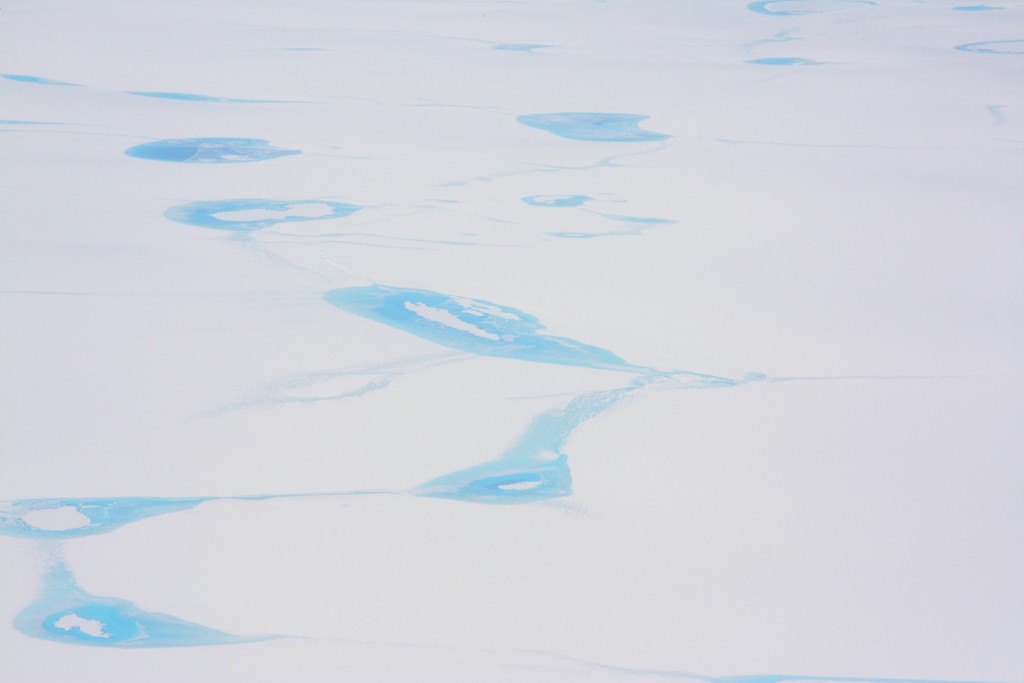

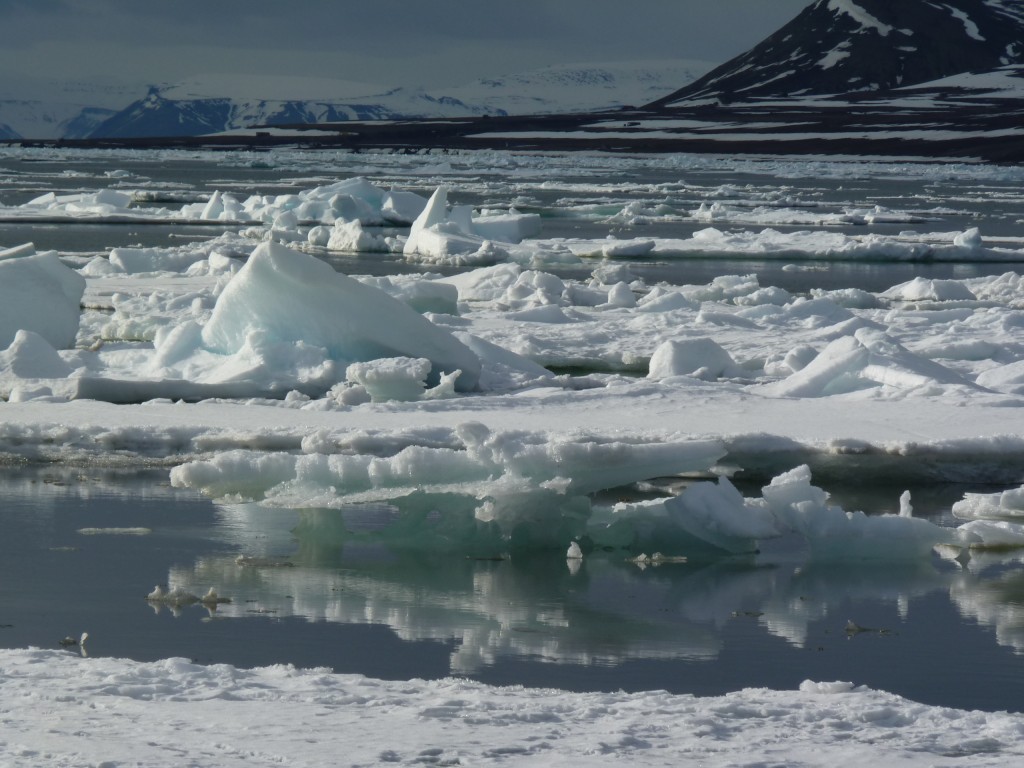
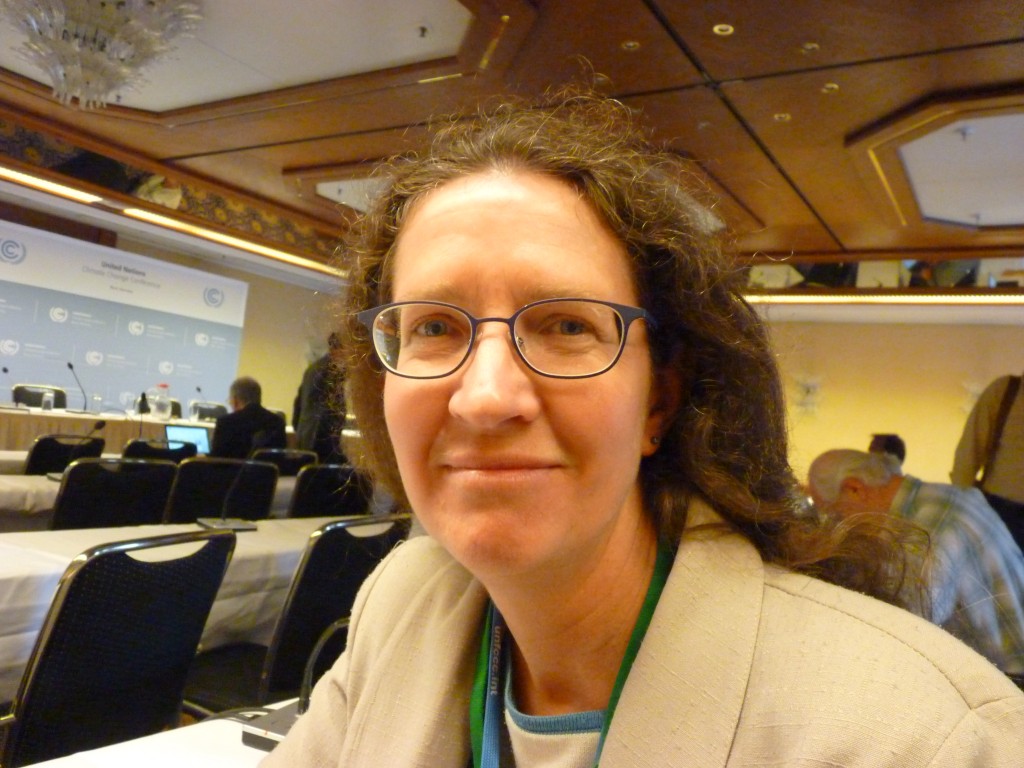
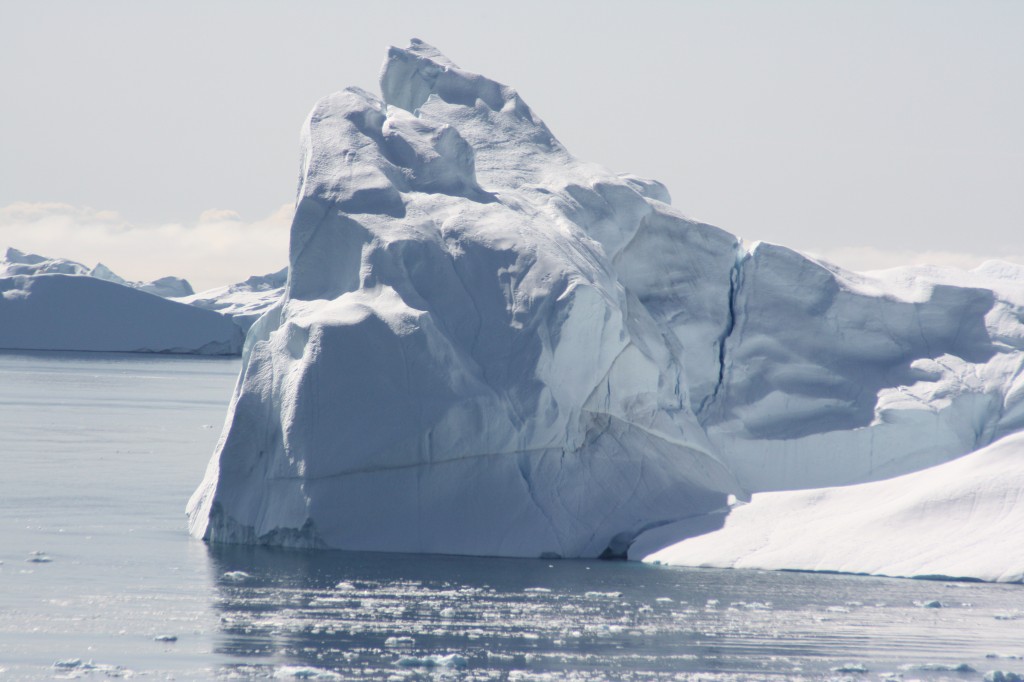
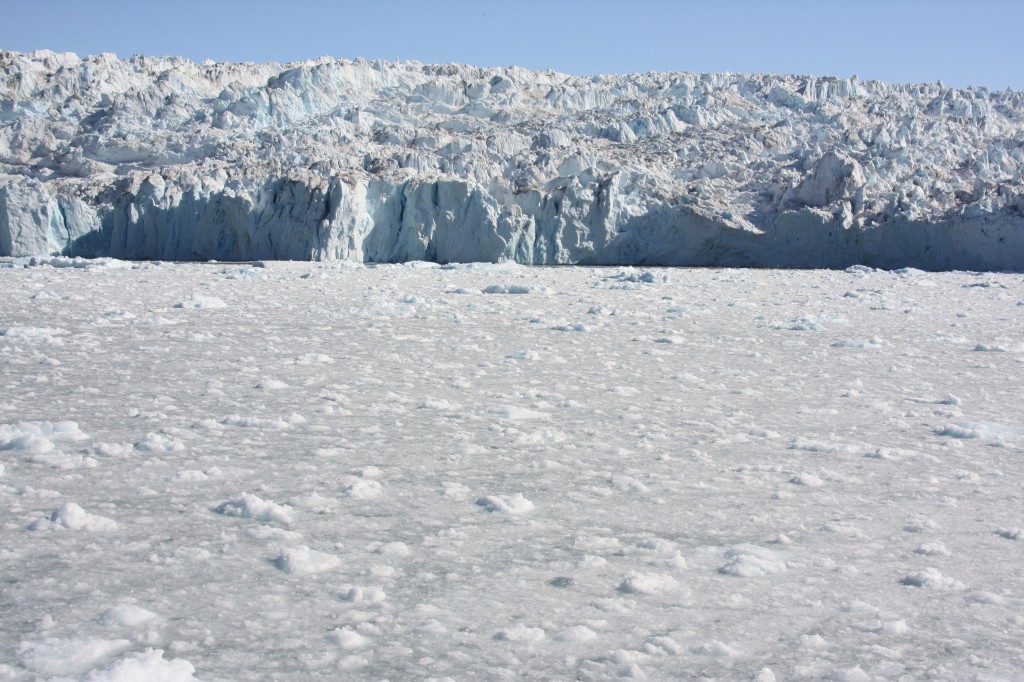
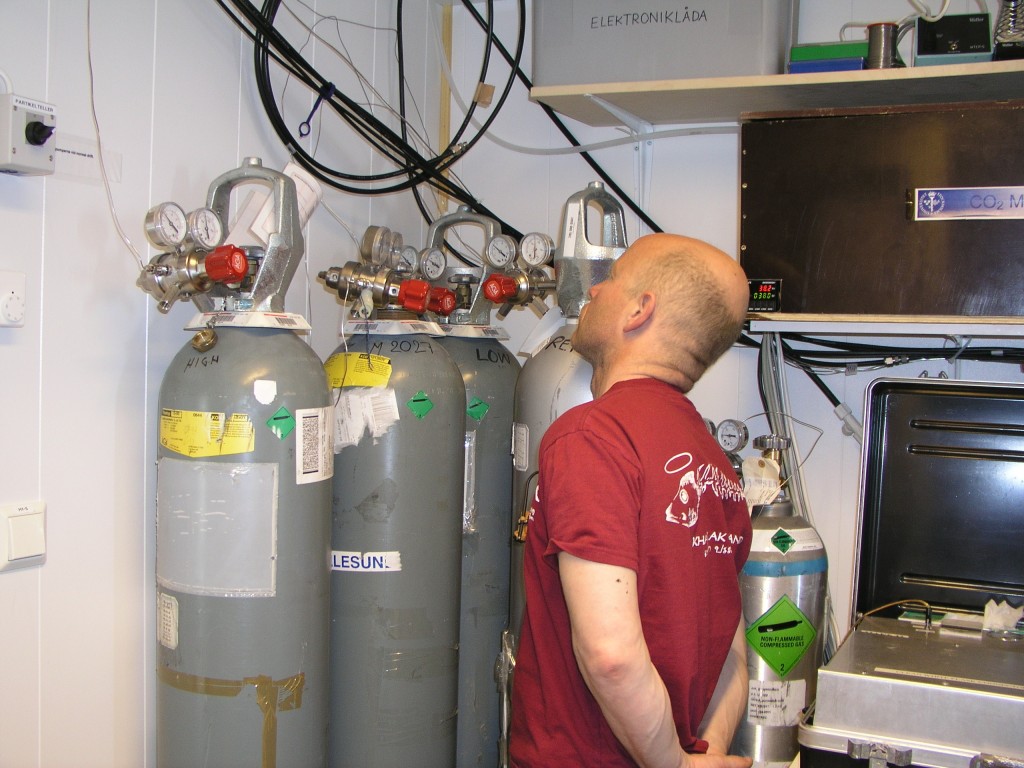

















Feedback